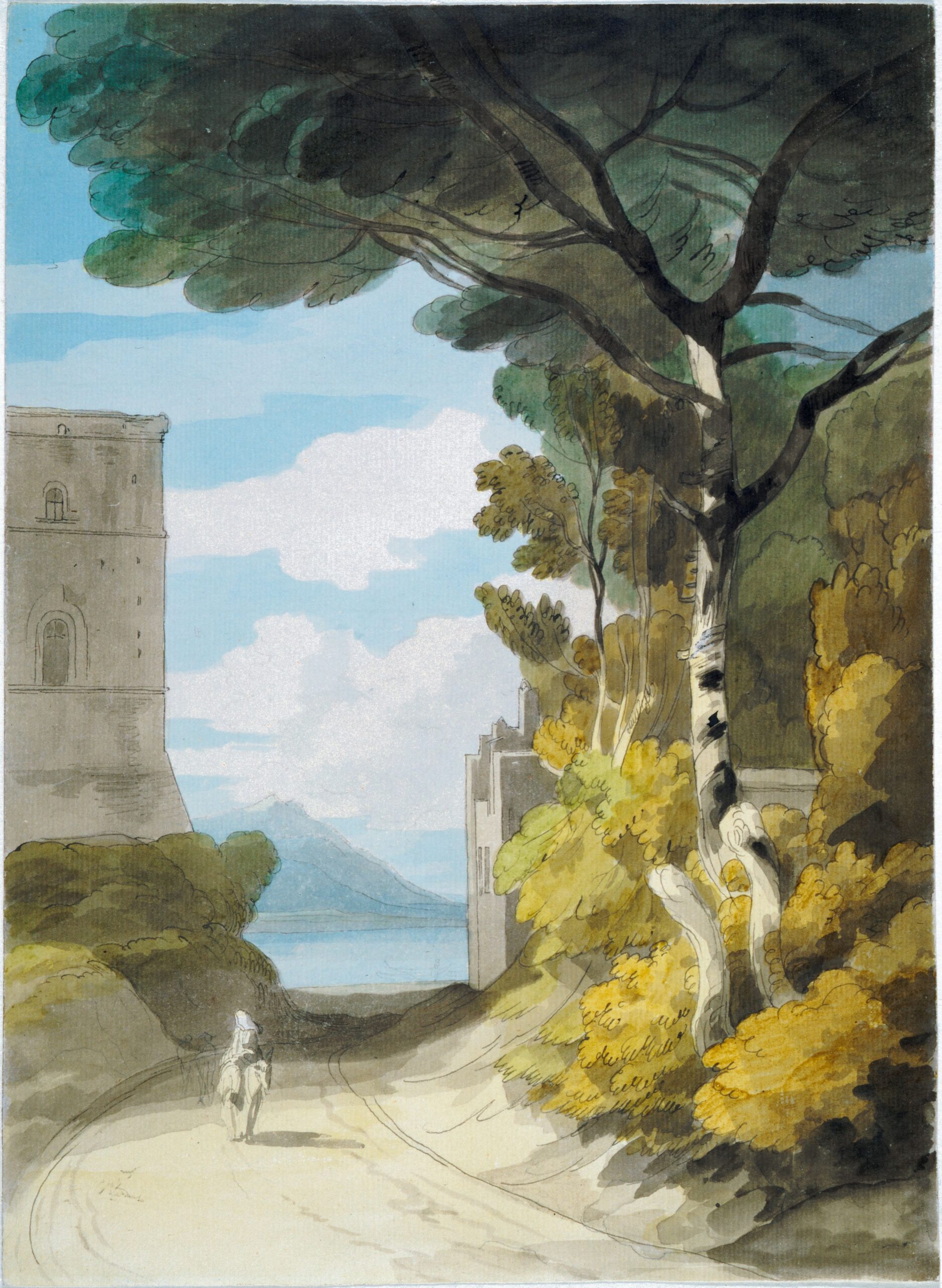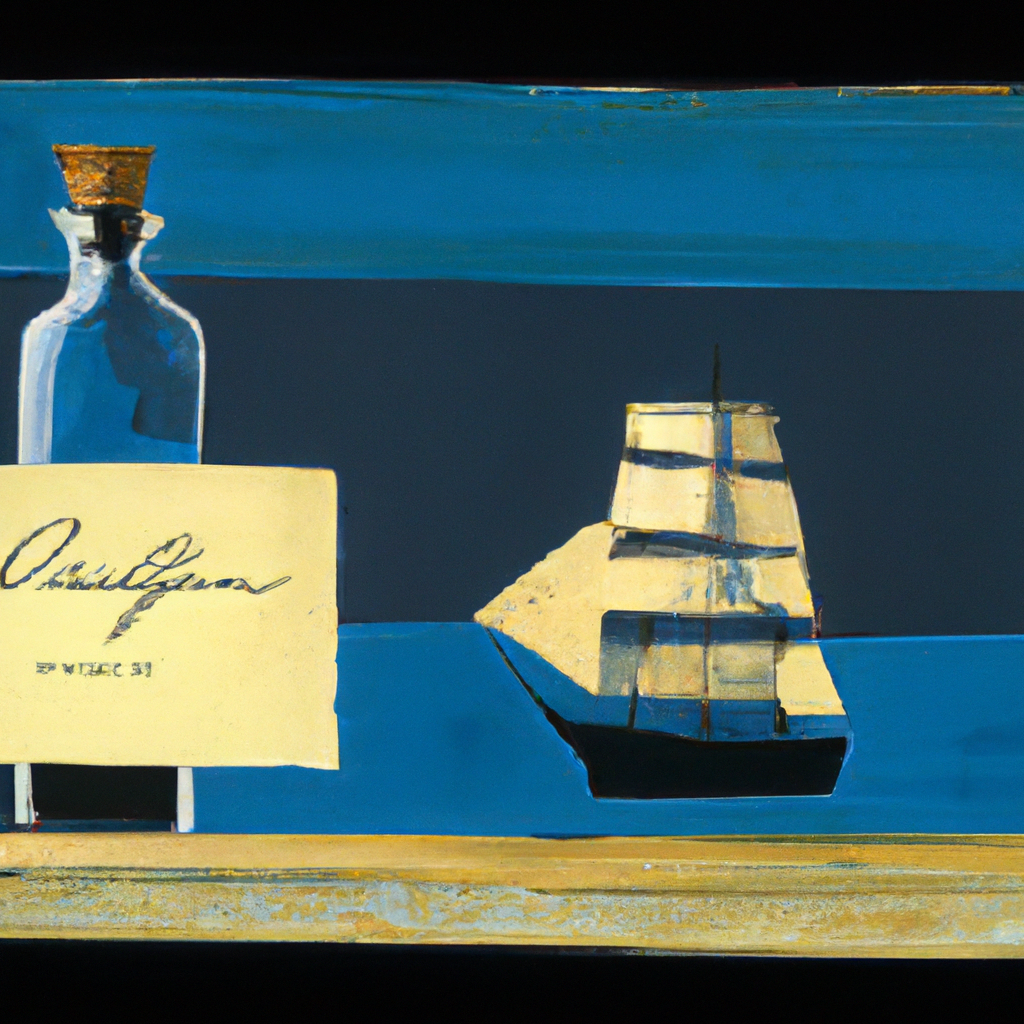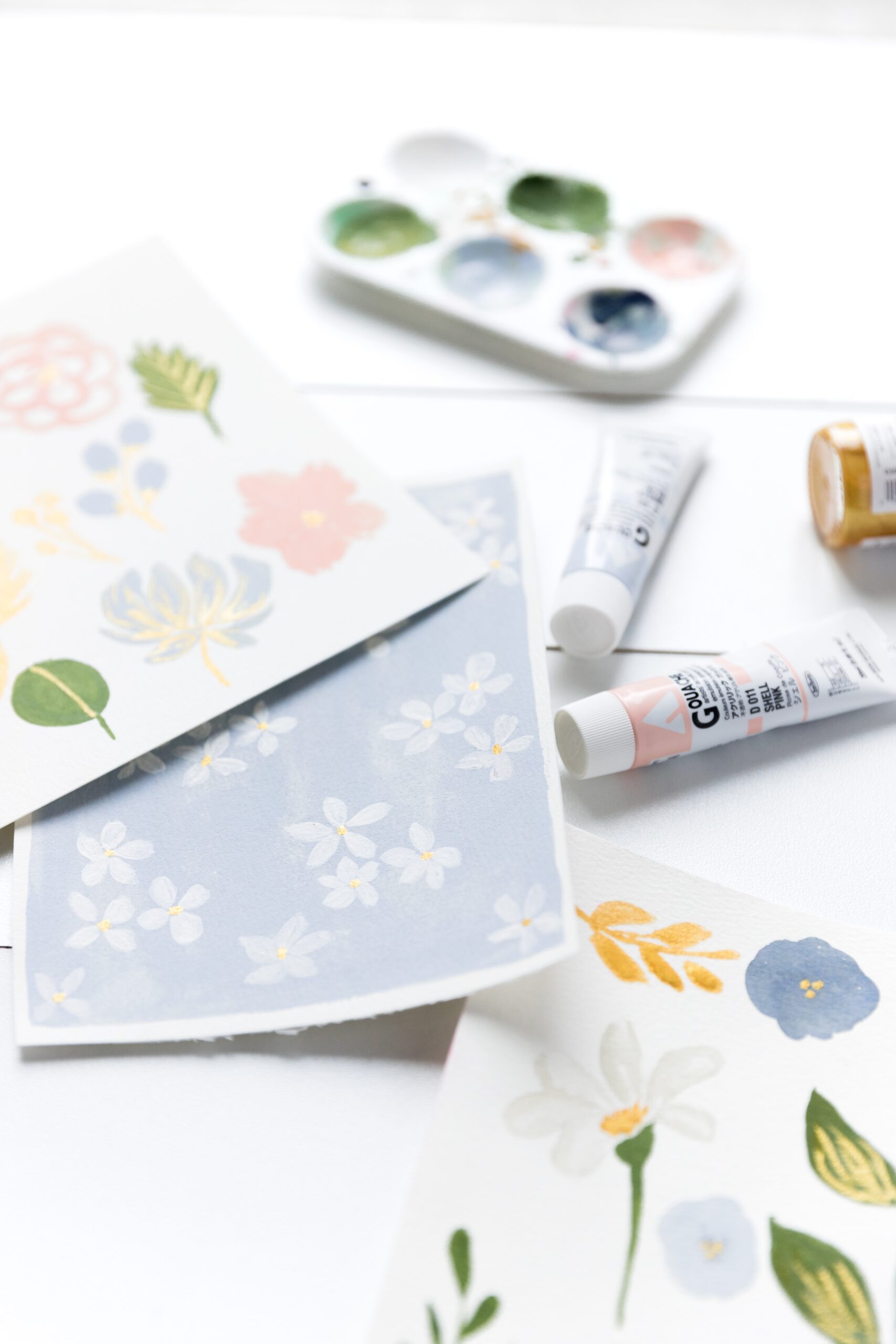In this article, you will learn the techniques and strategies for shading with metallic gouache paint. By incorporating the unique properties of metallic gouache, you can add depth and dimension to your artwork, creating a stunning visual effect. Whether you are a beginner or an experienced artist, mastering the art of shading with metallic gouache paint can elevate your artwork to a whole new level.
Through a step-by-step guide, you will discover the essential tools and methods to bring out the brilliance and luminosity of metallic gouache paint in your shading techniques.

This image is property of images.unsplash.com.
Choosing the Right Colors for Shade
When it comes to shading with metallic gouache paint, it’s important to choose the right colors for the desired effect. Metallic colors have a unique quality that can enhance the overall look of your artwork. Consider the range of metallic colors available and how they will complement your subject matter. Whether you’re going for a bold and vibrant look or a more subtle and sophisticated one, the colors you choose will play a crucial role in achieving the desired shading effect.
Consider the Metallic Colors Available
Before starting your shading process, it’s essential to explore the range of metallic colors available. Metallic gouache paints come in a variety of shades, from vibrant golds and silvers to more subdued pewters and bronzes. Each color has its own unique reflective properties that can add depth and dimension to your artwork. Take the time to study and compare different metallic shades to choose the ones that will best complement your subject matter.
Decide on Complementary Shades
Once you have a selection of metallic colors, it’s important to consider the shades that will complement them in your artwork. Complementary shades are colors that are opposite on the color wheel and can create dynamic and visually appealing contrasts. For example, if you’re using a metallic gold, consider complementing it with shades of deep blues or rich purples. This contrast will help highlight the metallic shine and create an eye-catching effect. Experiment with different shade combinations to find the ones that work best for your artwork.
Materials Needed
Before delving into shading techniques, gather all the necessary materials for your project. To shade with metallic gouache paint, you’ll need the following:
Metallic Gouache Paint
Invest in high-quality metallic gouache paints that offer a wide range of shades and excellent pigmentation. Choose colors that match your intended aesthetic and have good lightfastness to ensure your artwork remains vibrant over time.
Paintbrushes
Select a variety of paintbrushes to accommodate different shading techniques. Round brushes are useful for creating smooth gradients, while flat brushes are ideal for applying base colors. Have a mix of brush sizes to allow for detailed work as well as broad strokes.
Palette or Mixing Surface
A palette or mixing surface is essential for blending and creating custom shades. Choose a non-porous surface that allows you to easily mix and control the consistency of your paint.
Water Container
Have a water container handy to clean your brushes between color changes. It’s important to rinse your brushes thoroughly to prevent color contamination.
Paper or Canvas
Choose a suitable surface for your artwork, such as watercolor paper or canvas. Make sure the paper or canvas is primed and ready to accept gouache paint to achieve the best results.

This image is property of images.unsplash.com.
Preparing Your Workspace
Before diving into the shading process, take the time to set up your workspace correctly. This will ensure a smooth and organized creative process.
Cover Your Work Surface
To protect your work surface from accidental paint spills or smudges, cover it with a plastic sheet or a disposable tablecloth. This will make cleanup easier and keep your workspace tidy.
Set Up Your Materials
Arrange your metallic gouache paints, brushes, palette, and water container within easy reach. Having everything organized and accessible will streamline your workflow and prevent unnecessary interruptions.
Fill the Water Container
Fill your water container with clean water to be used for rinsing your brushes. Make sure to have enough water to thoroughly clean your brushes between color changes. Having clean brushes is essential for achieving smooth and precise shading.
Understanding Light and Shadow
To effectively shade with metallic gouache paint, it’s crucial to have a basic understanding of how light and shadow interact. Light and shadow play a significant role in creating depth, dimension, and realism in artwork. Before applying shades, take the time to study and understand the basic principles of light and shadow.
Study the Basic Principles of Light and Shadow
Light sources create shadows that add depth and dimension to objects. Understanding how light interacts with different surfaces will help you accurately depict shading in your artwork. Study how light behaves when it hits metallic surfaces, as metallic gouache paint has unique reflective properties. This knowledge will inform your shading decisions and allow you to achieve realistic and visually appealing results.
Consider the Impact of Metallic Paint on Light Reflection
Metallic paint can enhance the reflective qualities of your artwork. Keep in mind the reflective nature of metallic gouache paint when shading your subject. The metallic particles in the paint will catch the light and create highlights and reflections. Use this quality strategically to create depth and realism, while also adding a touch of luminosity to your shading.

This image is property of images.unsplash.com.
Applying Base Colors
Before diving into shading techniques, it’s important to establish a solid base color for your artwork. A well-applied base color will serve as the foundation for your shading, allowing the metallic shades to truly shine.
Start with a Solid Base Color
Choose a metallic gouache paint that matches the desired look for your subject. Apply this color evenly and consistently across the areas where you want your shading to occur. By starting with a solid base color, you provide a unified surface for the subsequent shading layers.
Apply the Base Color Evenly
To ensure a smooth and even base color, use a flat brush to apply the metallic gouache paint in thin layers. Build up the color gradually, allowing each layer to dry before adding the next. This technique prevents streaks or uneven patches in your base, resulting in a more professional-looking finish.
Wait for the Base Color to Dry
After applying the base color, allow it to dry completely before moving on to the shading process. Metallic gouache paint may require slightly longer drying times than traditional gouache. Patience is key to avoid smudging or lifting the base color when applying the shades.
Creating Gradient Shades
Gradient shading adds depth and dimension to your artwork. With metallic gouache paint, you can achieve stunning gradient shades that showcase the reflective properties of the paint.
Mix Metallic Paint with Black or White
To create gradient shades, mix your metallic gouache paint with black or white. Adding black will result in a darker shade, while adding white will create a lighter shade. Experiment with different proportions until you achieve your desired shade. Remember, the metallic particles in the paint will still create a shimmering effect, even in darker or lighter shades.
Start with a Lighter Shade and Gradually Darken It
Begin the shading process with a lighter metallic shade. Apply this shade to the areas where you want the light to hit and reflect more prominently. Gradually darken the shade as you move into the areas where light is less prominent. This technique mimics how light interacts with different surfaces and enhances the overall realism of your artwork.
Blend the Colors Smoothly
To create a seamless gradient effect, blend the colors smoothly using a round brush. Apply the lighter shade first and then overlay it with the darker shade. Use gentle and controlled strokes to blend the colors together, ensuring a gradual transition. Take your time during this step to achieve a polished and professional look.

Layering and Blending Shades
Layering and blending metallic shades can add richness and complexity to your artwork. Experiment with different layering techniques to create depth and enhance the metallic shine.
Apply a Second Layer of Shade
After creating the initial shading layer, build on it by adding a second layer of shade. Choose a slightly darker metallic shade and apply it selectively to areas where shadows are deeper. This layering technique will intensify the shading effect and add more dimension to your artwork.
Blend the Edges Between Shades
To create a smooth transition between shades, blend the edges using a soft brush or a dry brush technique. This technique involves using a brush with minimal paint to gently blend the colors together, creating a seamless transition from one shade to another. Take care to maintain the reflective quality of the metallic paint while achieving a natural and well-blended look.
Experiment with Different Layering Techniques
Don’t be afraid to experiment with different layering techniques to achieve unique effects in your artwork. Metallic gouache paint allows for layering different shades to create interesting textures, highlights, and shadows. Play around with various layering approaches, such as glazing or scumbling, to add complexity and visual interest to your artwork.
Using Dry Brush Technique
The dry brush technique is a useful method for adding texture and detail to your shading. It’s particularly effective with metallic gouache paint, as it allows you to control the amount of paint applied while retaining the reflective quality.
Dip Your Brush in Paint, Then Remove Excess
For the dry brush technique, dip your brush lightly into the metallic gouache paint, and then remove most of the paint by wiping it on a paper towel or palette. This technique ensures that only a small amount of paint remains on the brush, resulting in a dry brush effect.
Apply the Paint Lightly and in Short Strokes
With the partially loaded brush, apply the metallic paint lightly and in short strokes. This technique creates a textured appearance, adding depth and interest to your shading. Use this technique selectively on areas that require additional texture or detail, such as rough surfaces or intricate patterns.
Build up Layers Gradually
To achieve the desired texture and depth, build up the dry brush layers gradually. Apply multiple layers of the metallic paint, allowing each layer to dry before adding another. This layering technique will create a three-dimensional effect while preserving the reflective properties of the metallic gouache paint.

Adding Highlights and Reflections
Highlighting and adding reflections is an essential step in shading with metallic gouache paint. The reflective nature of the paint allows you to create captivating highlights that bring your artwork to life.
Use Metallic Gold or Silver for Highlights
Highlight the areas where light hits most prominently by using metallic gold or silver gouache paint. These colors will enhance the reflective quality, creating a striking contrast against the shaded areas. Apply the metallic highlight sparingly to avoid overpowering the overall shading effect.
Apply These Colors Sparingly
When adding highlights and reflections, it’s crucial to use metallic gold or silver sparingly. Too much metallic paint can diminish the shading and overwhelm the artwork. Apply the paint with a fine brush using controlled and deliberate strokes to ensure precise placement and achieve a subtle yet impactful result.
Consider the Position of the Light Source
When adding highlights and reflections, consider the position of the light source in your artwork. Determine where the light is coming from and apply the metallic paint accordingly. Placing the highlights strategically will add realism and make your artwork visually engaging. Take your time to assess the light source and experiment with different techniques to achieve the desired effect.
Finishing Touches and Tips
To ensure a polished and professional finish to your shading with metallic gouache paint, follow these final tips and consider adding a protective varnish to your finished painting.
Allow the Painting to Dry Completely
Before considering your artwork complete, allow it to dry completely. Metallic gouache paint may require longer drying times than traditional gouache, so exercise patience to prevent smudging or damage to your intricate shading work. Follow the instructions provided by the paint manufacturer to determine the appropriate drying time.
Clean Your Brushes Properly
After completing your artwork, clean your brushes thoroughly to prevent the metallic paint from drying and damaging the bristles. Rinse your brushes in clean water until the water runs clear, and gently reshape the bristles before allowing them to air dry. Proper brush care will extend their lifespan and ensure optimal performance for future artistic endeavors.
Consider Varnishing the Finished Painting
To protect your artwork and enhance its longevity, consider applying a varnish specifically designed for gouache paintings. Varnishing can help preserve the vibrant colors and metallic sheen while providing a protective barrier against dirt, UV light, and humidity. Follow the instructions provided by the varnish manufacturer for the best results.
By following these comprehensive steps and utilizing the unique properties of metallic gouache paint, you can create breathtaking shading effects that bring depth, dimension, and shine to your artwork. Experiment with different techniques, colors, and layering methods to develop your own distinct style and achieve stunning results. With practice and attention to detail, you’ll be able to master the art of shading with metallic gouache paint and create captivating and professional-looking artwork.



